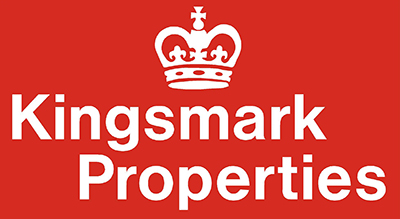A Tenant’s guide: to stopping condensation and mould
Tenants can complain of damp problems in a rental property. Often, if the property has adequate heating, ventilation and damp proofing the problem can be one of condensation. This article gives a tenant some helpful tips in order to stop condensation and mould formation
Condensation in dwelling houses is mainly a winter problem particularly where warm moist air is generated in living areas and then penetrated to colder parts of the building. Condensation is often caused by the lifestyle of the Tenant; for example, the average tenant will produce condensation through cooking, washing, internal drying and many young professionals do not adequately ventilate their property because they are often out during the day and when they return and it is cold and they do not want to open windows to ventilate the property – the result being that there is no ventilation of the property during day or evening. The presence of water condensed on walls, ceilings and other cold surfaces can support mould growth which is a serious problem for both Landlord and Tenant because of the health risks associated with mould spores.
Mould growth can appear as pinpoint black spots, on any damp surfaces such as plaster, wallpaper and timber and is associated with condensation problems in many buildings. The mould fungi have been identified as the source of many health problems, including infections, asthma, allergies and sinusitis. Moulds produce allergens, irritants, and in some cases, toxins that may cause reactions in humans. The longer surfaces are under conditions of high moisture or local high humidity the greater the probability of mould growth developing. Mould can be removed by washing the surface with a disinfectant or a fungicidal wash – must be used in accordance with the manufacturers’ instructions. However, this is only a temporary measure and the Tenant must deal with the source of the condensation to stop the mould reappearing.
If the Tenant’s lifestyle results in damage to the property through the mould growth or dampness which damages the building and its furniture, the Tenant may be responsible for the cost of any repairs. It is unlikely that rented accommodation can be completely condensation free, even a new one. However, mould growth and condensation can be prevented by a combination of: adequate ventilation; adequate heating; and a reduction of humidity. Below we have detailed steps which Tenants can take to minimise the creation of condensation and mould growth, and reduce any potential impact on the property and to your health:
